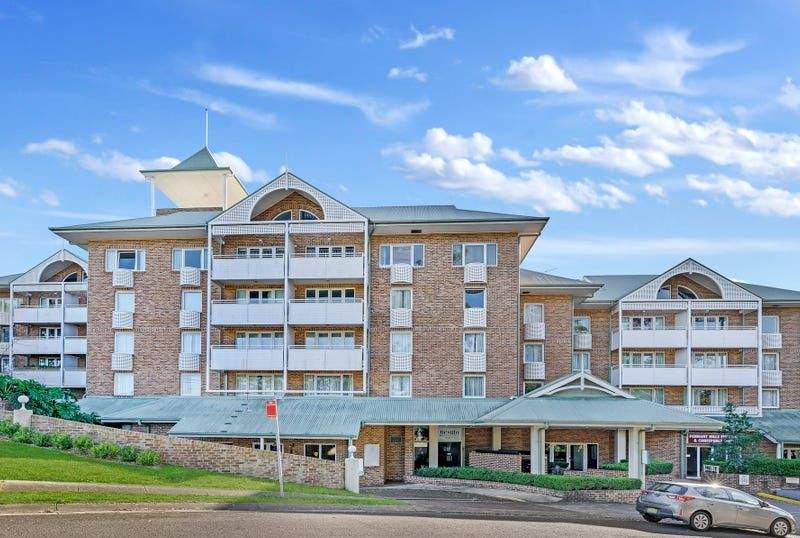
The Types of Tenants For Commercial Properties

Commercial real estate is a complicated subject. There are two types: residential and industrial properties, with the latter being reserved for use exclusively by businesses such as warehouses or factories- though not every building in this category will necessarily have an operating business on site at any given time!
Commercial real estate is what?
- Commercial real estate projects are any property used for commercial purposes, ranging from warehouses to office buildings. Projects may also contain recreational facilities and roads like highways or public transportation services; in total there is an extensive variety of these properties that fall under this category!
- A commercial property is a building or group of buildings used for the purpose of generating income. The money made from these properties can be used to cover expenses, advertising and development costs in some cases.
- Commercial real estate development is a lucrative and high-demand industry. Properties range from residential homes all the way to hospitals, schools or even airports! Developers purchase land at an affordable price during early stages of construction before building up their equity in order sell it off later when demand starts skyrocketing due not only people’s insatiable desire for space but also increased taxes on luxuries like cars which make them less profitable than commercial properties such as office buildings with large lots available (Land).
Commercial Lease Classification:
- The different types of leases in commercial real estate transactions cover a variety of time periods and sizes. These include one-year lease agreements for small buildings or units, five year deals with medium sized properties (usually lasting up to 10+ years), ten year commitments on larger spaces like office buildings and retail space; these last about 20 years before they become due back into use again!
- The classification of commercial leases is based on the structure of transactions. For instance, there are three classifications in this market – Class A (business-ready), B and C which can be used by organisations to find space for their specific needs at different price points.
Class A leases are usually sought by investors who are looking to rent out property for a short duration of time. For them, this is a good way of investing money without making large investments (though they may make some profit if the property itself turns out to be a profitable investment). This type of lease option is normally beneficial to those who do not have significant financial resources or the means to buy a lot of land and establish a large-scale business. For such people, the lease option is the best and the most convenient way of dealing with the commercial real estate investment.
Class B leases are normally sought by those who want to invest in a piece of land with a longer duration. These people will be interested in investing in a piece of property that will yield them a higher return within a relatively short span of time – say, a few years. They are more interested in buying an already developed piece of property than in buying a piece of property that is still being developed.
Class C leases are sought by individuals who are not big on making investments (although they may make some profit if the property turns out to be a worthwhile investment). They are more interested in leasing residential property than in buying commercial real estate. In such cases, they will prefer to sign a short-term lease agreement with a monthly rental rate.
The type of tenant that are signing a lease agreement in a commercial real estate location depends on a number of factors, including the nature of the business, the location of the property and the demographics of the area.